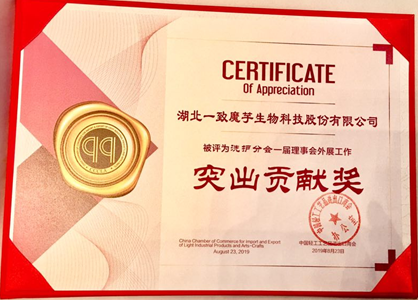INTRODUCTION TO KONJAC
time:2022-07-01 Times of Reading:1819
Konjac, also known as konjac (J ǔ ruò)。 It is the general name of konjac genus in Araceae. It is a perennial herb and belongs to potato and taro crops in terms of cultivation. There are more than 160 varieties in the world and more than 20 varieties in China.
Konjac mainly grows in mountainous areas with an altitude of 200-2500 meters. It likes temperature and humidity, and the suitable temperature is 20 ℃ - 30 ℃. It is mainly produced in Hubei, Yunnan, Guizhou, Sichuan, Shanxi, Taiwan and other regions in China. After introduction, it is planted in many regions in China.
Konjak has been known as "intestines removing sand" since ancient times. It has a long history of medicine in China. It has been recorded in the famous doctor's separate records, which was written in the late Han Dynasty. It has a history of more than 2000 years. The eating history of konjac was first recorded in the Jin Dynasty, more than 1700 years ago.
Konjac is the only plant in nature that can extract a large amount of glucomannan, accounting for about 50-60% of the dry weight; In addition to glucomannan, konjac also contains a lot of starch, protein, vitamins, potassium, phosphorus, selenium and other trace elements. At the same time, konjac is also a plant with a large amount of ceramide, which is the highest content among the plants found at present, about 10-15 times that of other known plants. It has great development prospects.
Glucomannan (KGM), the main component of konjac, is composed of D-glucose and D-mannose residues through β- 1, 4 glycosidic bonds in accodance with 1:1.6 to form a high molecular weight polysaccharide, with a molecular weight of about 200000 ~ 2million daltons.
As a kind of high-quality soluble plant polysaccharide dietary fiber, glucomannan is called "one of the best dietary fiber " by academician chenjunshi. Due to its excellent water retention, gel, thickening, stability, film-forming, water absorption (up to 80-100 times of water absorption), cohesiveness, derivatization and other physical and chemical properties, it is widely used in 3D printing, medicine and medical treatment, beauty care, polymer materials, building materials, sewage treatment, animal nutrition, health care, diet replacement, food prefabrication, plant meat and other fields.
Among the various animal gums, vegetable gums, microbial gums and chemically modified colloids allowed to be used in China at present, konjac is the only hydrophilic colloid that is not used as an additive and has no scope of use and limited use. China has listed konjac as a common food on August 17th, 2004.




